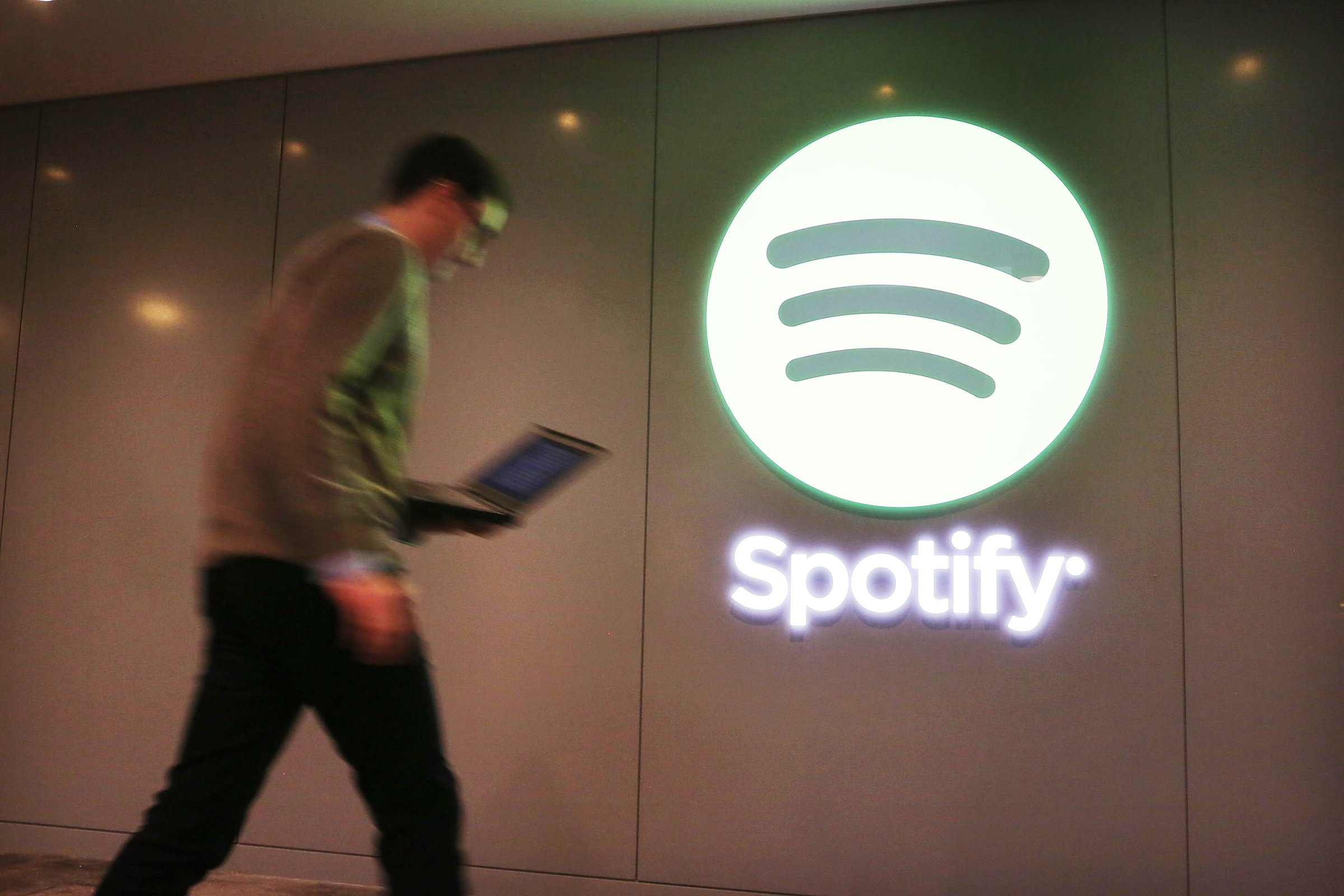
The digital music realm is complicated: artists like De La Soul want to sell their music online but can’t due to legal restraints on their sample-heavy music; meanwhile, while artists like Led Zeppelin, one of the biggest, longstanding holdouts of offering their music for streaming, are now poised to do so.
Artists like Thom Yorke of Radiohead have pulled their music from Spotify, criticizing the service for doing little to help emerging artists but instead offering sizable advances to marquee bands like Red Hot Chili Peppers and Metallica for exclusive-access deals. Meanwhile, Trent Reznor of Nine Inch Nails is now the chief creative officer of new subscription service Beats Music.
So what’s the best way to support a band or artist so they can continue making the music you love?
First off, know that broadcast radio stations don’t pay performers or copyright owners. Buy their music and merchandise (directly from the band or artist if possible), go see them live in concert (although not all musicians are live performers, and touring comes with many expenses for the artist), contribute to their Kickstarter campaigns and consider supporting the brands and products they endorse (perfumes, headphones, video games).
The individual deals that streaming services broker for licensing music vary widely, as do agreements with digital distributors like CDbaby or Tunecore. An artist’s role in the creation of their music, genre, and career trajectory also factor in. And there is much speculation as to how services like YouTube, Deezer, SoundCloud and Amazon will continue to change the landscape further. “Its an ever-shifting landscape, with many stakeholders,” says Kristin Thomson, co-director of the Future of Music’s Artist Revenue Streams Project.
Still, here’s a sampling of royalty rates to help gauge your digital streaming or subscription choices:
Pandora or Sirius XM = $0.0023 per song play
A Copyright Royalty Board sets rates for these non-interactive webcasters and digital streaming services, based on many variables: commercial vs. non-commercial, subscription vs. non-subscription. They pay annual fees between $500 and $50,000 to operate.
Spotify = between $0.006 and $0.0084 per song play
On-demand subscription services like Spotify, Rhapsody, Rdio, Beats Music, Deezer, and Google All Access Play negotiate rates privately, and rates vary due to listener status (paid vs. unpaid subscriber), ads vs. no ads, company revenue, and more. Spotify, who for many music fans has become a substitute for owning music, published their full formula a few months ago, in response to widespread criticism about how much they pay in royalties.
iTunes Radio = $0.0014 per song play
It acts like a webcasting service, but negotiates its own rates, works in tandem with the iTunes store and artists can pull in 19% of their net advertising revenues. Artist revenue generated from services like iTunes, Amazon, Google Play, and eMusic varies widely depending on contracts (iTunes keeps about 30%), but even for independent artists like cellist Zoe Keating, an outspoken advocate for artist autonomy and musician’s rights, iTunes is the top revenue source.
BandCamp = varies
Everyone gets the same deal: artists selling on the site are paid directly by fans (roughly $3 million per month, total), and Bandcamp takes 15% on digital and 10% on sales of LPs, t-shirts, and tickets. But there ‘s no contract/agreement with Bandcamp: bands do as they please
YouTube = varies
For those who want to monetize their content, rights owners get a percentage of shared ad revenue; this can be hugely lucrative or relatively insubstantial, depending on the traffic.
More Must-Reads from TIME
- Inside Elon Musk’s War on Washington
- Meet the 2025 Women of the Year
- The Harsh Truth About Disability Inclusion
- Why Do More Young Adults Have Cancer?
- Colman Domingo Leads With Radical Love
- How to Get Better at Doing Things Alone
- Cecily Strong on Goober the Clown
- Column: The Rise of America’s Broligarchy
Contact us at letters@time.com